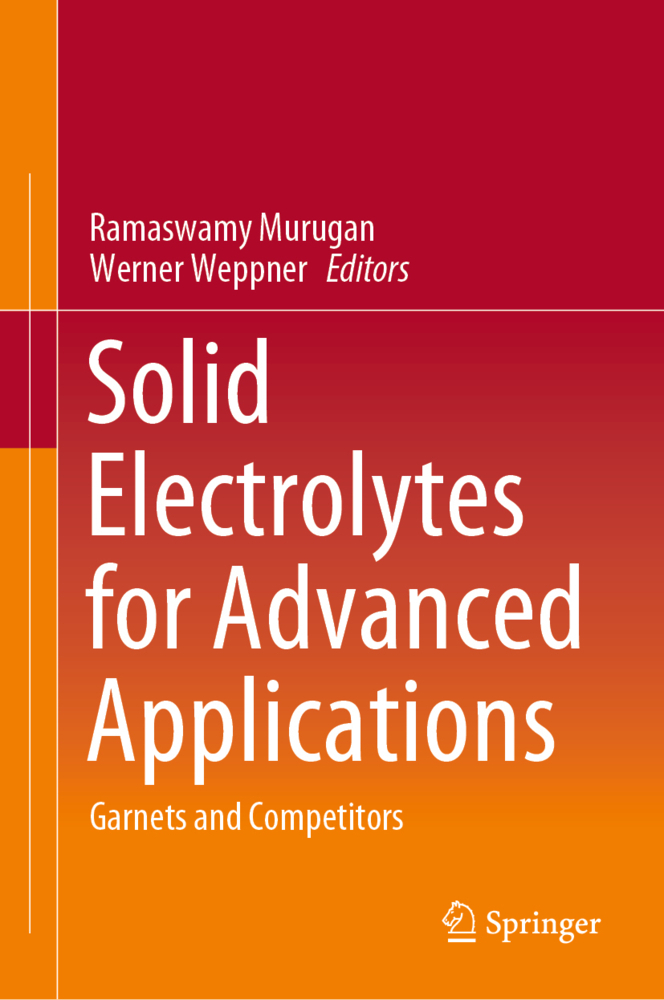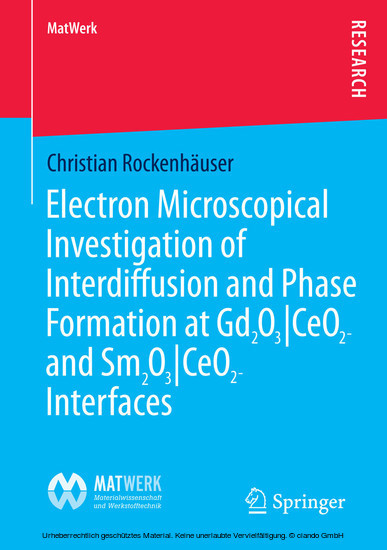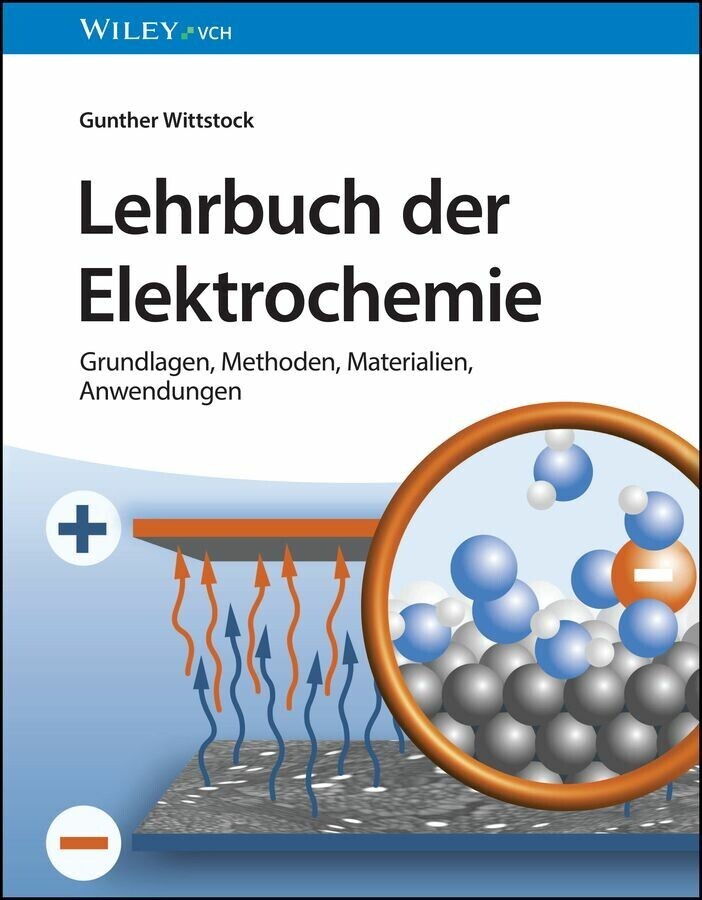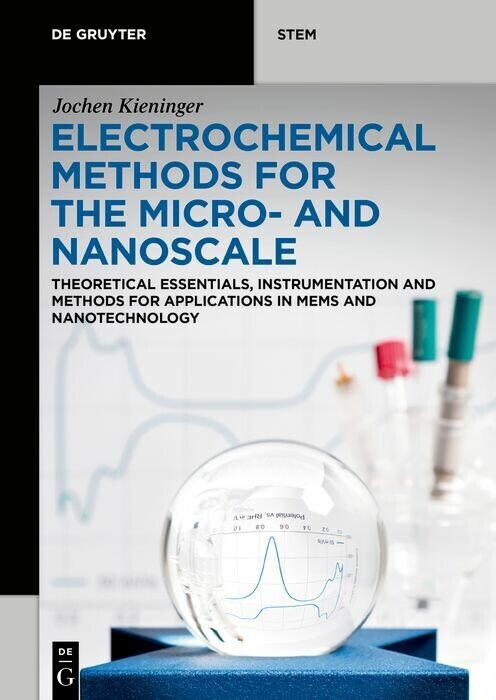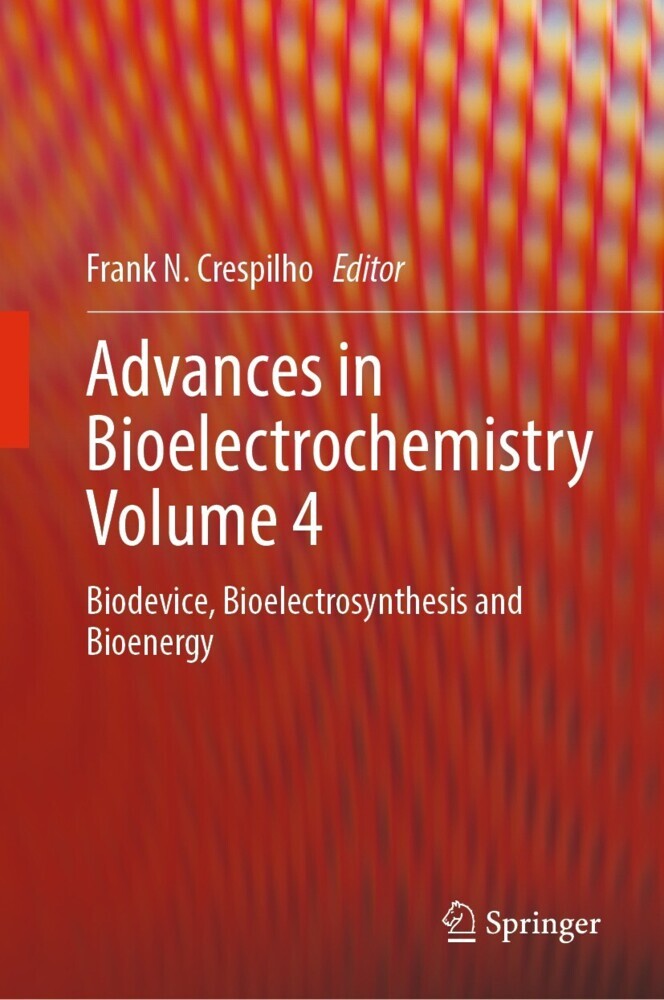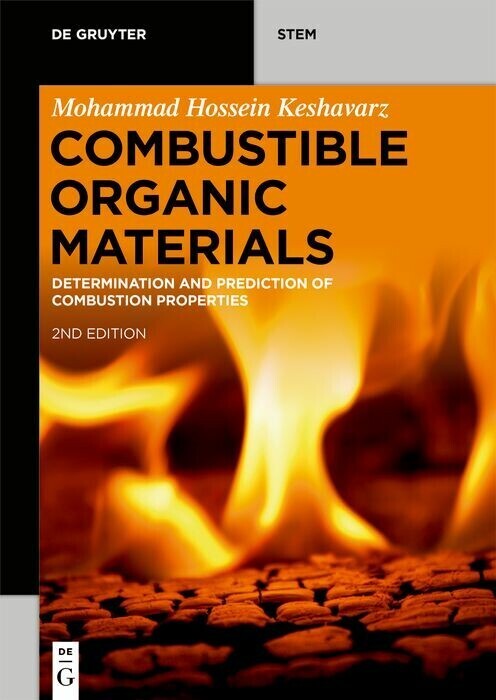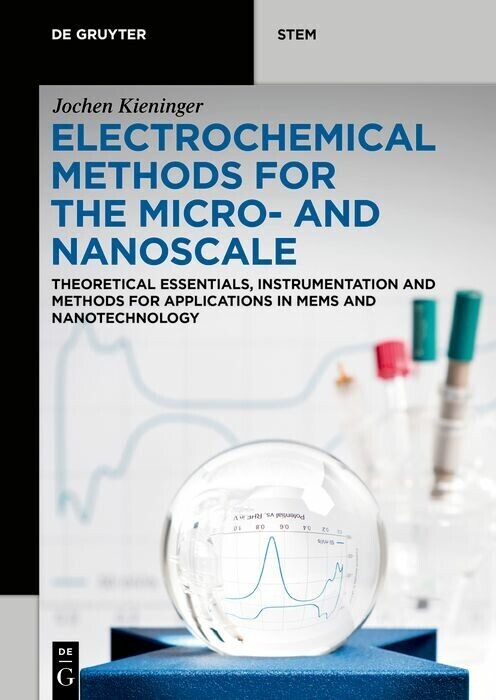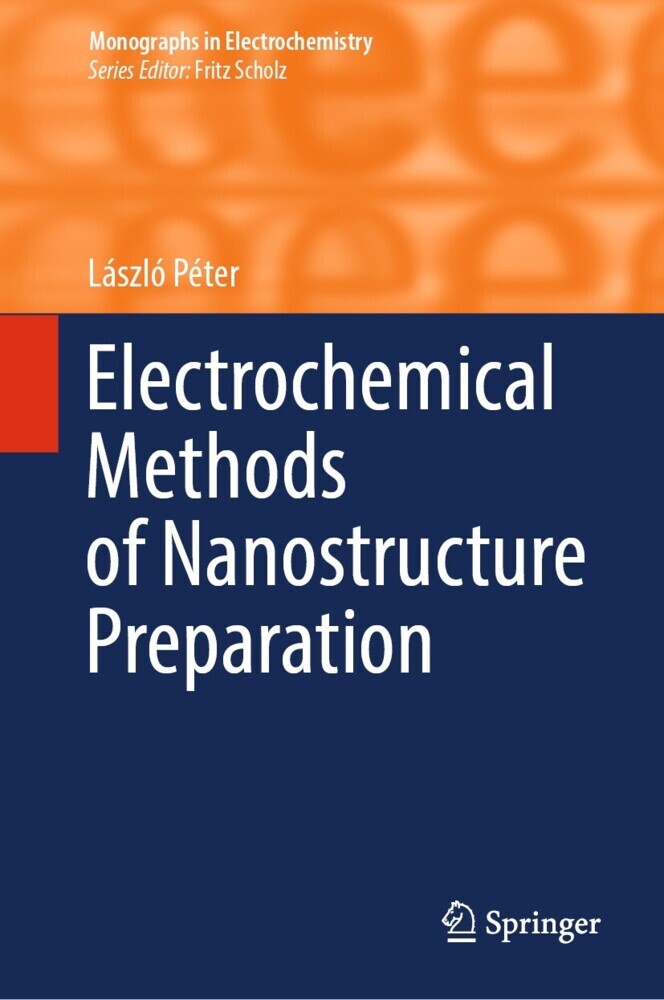Solid Electrolytes for Advanced Applications
Garnets and Competitors
Solid Electrolytes for Advanced Applications
Garnets and Competitors
This book highlights the state of the art in solid electrolytes, with particular emphasis on lithium garnets, electrolyte-electrode interfaces and all-solid-state batteries based on lithium garnets. Written by an international group of renowned experts, the book addresses how garnet-type solid electrolytes are contributing to the development of safe high energy density Li batteries. Unlike the flammable organic liquid electrolyte used in existing rechargeable Li batteries, garnet-type solid electrolytes are intrinsically chemically stable in contact with metallic lithium and potential positive electrodes, while offering reasonable Li conductivity. The book's respective chapters cover a broad spectrum of topics related to solid electrolytes, including interfacial engineering to resolve the electrolyte-electrode interfaces, the latest developments in the processing of thin and ultrathin lithium garnet membranes, and fabrication strategies for the high-performance solid-state batteries. This highly informative and intriguing book will appeal to postgraduate students and researchers at academic and industrial laboratories with an interest in the advancement of high energy-density lithium metal batteries
Dr. Ramaswamy Murugan is Professor, Department of Physics, Pondicherry University, India. He received his Ph.D. in Physics from Pondicherry University, India in 1994. He was at University of Kiel, Germany as Guest researcher during 2005-2007. He was a visiting scientist at Shizuoka University Japan (2009), University of Texas Austin USA (2011) and Nagoya University, Japan (2013). His research focuses on the design, synthesis and characterization of functional materials in particular for applications in energy storage devices. His major contribution is the invention of zirconium containing lithium garnet oxide as electrolyte for the all solid state lithium battery.
Prof. Dr. Werner Weppner is a longtime and highly recognized expert in the field of solid state electrochemistry since his doctorate at Dortmund University followed by a fruitful postdoctoral period at Stanford University, where he became involved in lithium battery electrodes and new solid electrolytes. He then built up his solid state electrochemistry group at the new Max-Planck Institute for Solid State Research at Stuttgart and became a lecturer at Stuttgart University. In 1993 he took a Professorship and Chair for Solid State Ionics at the new Faculty of Engineering at the University of Kiel. His work covers a wide range of aspects of fast ion transport in solids from fundamental understanding, experimental techniques, materials characterization, development of new materials and principles with special attention to practical applications in lithium batteries, solid oxide fuel cells, sensors and electrochromic devices. The accumulated experience has final led to the discovery of the family of garnet type solid electrolytes. He is also involved in a large variety of academic and professional activities, among many others scientific conferences for the promotion of the field and Chief Editorship of the journal Ionics published by Springer.
Dr. Ramaswamy Murugan is Professor, Department of Physics, Pondicherry University, India. He received his Ph.D. in Physics from Pondicherry University, India in 1994. He was at University of Kiel, Germany as Guest researcher during 2005-2007. He was a visiting scientist at Shizuoka University Japan (2009), University of Texas Austin USA (2011) and Nagoya University, Japan (2013). His research focuses on the design, synthesis and characterization of functional materials in particular for applications in energy storage devices. His major contribution is the invention of zirconium containing lithium garnet oxide as electrolyte for the all solid state lithium battery.
Prof. Dr. Werner Weppner is a longtime and highly recognized expert in the field of solid state electrochemistry since his doctorate at Dortmund University followed by a fruitful postdoctoral period at Stanford University, where he became involved in lithium battery electrodes and new solid electrolytes. He then built up his solid state electrochemistry group at the new Max-Planck Institute for Solid State Research at Stuttgart and became a lecturer at Stuttgart University. In 1993 he took a Professorship and Chair for Solid State Ionics at the new Faculty of Engineering at the University of Kiel. His work covers a wide range of aspects of fast ion transport in solids from fundamental understanding, experimental techniques, materials characterization, development of new materials and principles with special attention to practical applications in lithium batteries, solid oxide fuel cells, sensors and electrochromic devices. The accumulated experience has final led to the discovery of the family of garnet type solid electrolytes. He is also involved in a large variety of academic and professional activities, among many others scientific conferences for the promotion of the field and Chief Editorship of the journal Ionics published by Springer.
1;Preface;5 2;Contents;7 3;Solid Electrolyte;9 4;1 Solid-State Electrolytes: Structural Approach;10 4.1;1.1 Introduction;10 4.2;1.2 Ion Conduction in Solids;12 4.3;1.3 Ion Conduction in 1D Solid-State Structure;17 4.3.1;1.3.1 Lithium Aluminosilicate;17 4.3.2;1.3.2 Apatites;18 4.4;1.4 Ion Conduction in 2D Solid-State Structure;19 4.4.1;1.4.1 Lithium Nitride (Li3N);19 4.4.2;1.4.2 Na-?-Alumina;20 4.5;1.5 Ion Conduction in 3D Solid-State Structure;20 4.5.1;1.5.1 NASICON (Na3Zr2PSi2O12);20 4.5.2;1.5.2 Oxide-Ion Conductors;22 4.5.3;1.5.3 Li-Ion Conducting Garnets;25 4.5.4;1.5.4 Proton Conductors;26 4.6;1.6 Conclusions;28 4.7;References;28 5;2 Synthesis of Nanostructured Garnets;32 5.1;2.1 Introduction;32 5.2;2.2 Synthesis by Solid-State Reaction Methods;35 5.3;2.3 Sol-Gel Synthesis Methods;40 5.4;2.4 Electrospinning Synthesis of LLZO Nanowires/Nanofibers;54 5.5;2.5 Cellulose Templating;58 5.6;2.6 Spray Pyrolysis;61 5.7;2.7 Co-precipitation Methods;63 5.8;2.8 Molten Salt Methods;64 5.9;2.9 Summary and Outlook;69 5.10;References;69 6;3 Air Stability of LLZO Electrolytes;76 6.1;3.1 Introduction;76 6.2;3.2 Origin of Air Stability Problems;77 6.3;3.3 Factors Affecting Air Stability;82 6.3.1;3.3.1 Synthetic Methods and Conditions;83 6.3.2;3.3.2 Materials Properties;84 6.3.3;3.3.3 Storage Conditions;88 6.4;3.4 Improvement Strategies;90 6.4.1;3.4.1 Mechanical Polishing;90 6.4.2;3.4.2 Use of Additives;90 6.4.3;3.4.3 Synthesis Methods and Environmental Control;91 6.4.4;3.4.4 Etching;92 6.5;3.5 Summary;93 6.6;References;94 7;4 Influence of Strain on Garnet-Type Electrolytes;97 7.1;4.1 Introduction;97 7.2;4.2 Experimental;99 7.2.1;4.2.1 Preparation of Materials;99 7.2.2;4.2.2 Structural Analysis;99 7.2.3;4.2.3 Electrochemical Analysis;100 7.3;4.3 Results and Discussion;101 7.3.1;4.3.1 Structural Analysis;101 7.3.2;4.3.2 Electrochemical Analysis;108 7.3.3;4.3.3 Influence of SPS Pressure;110 7.3.4;4.3.4 Influence of Stress on Performance of Solid-State Electrochemical Devices;113 7.4;4.4 Conclusion;114 7.5;References;114 8;5 Sintering Additives for Garnet-Type Electrolytes;117 8.1;5.1 Introduction;117 8.2;5.2 Sintering Additives Background;119 8.3;5.3 Sintering Additives Modifying Triple Point Grain Boundary and Grain Boundary;121 8.4;5.4 Sintering Additives of LLZ Garnet Solid Electrolytes Modified by Element Doping;122 8.5;5.5 Suitable Sintering Additives Alternatives;129 8.6;5.6 Conclusions;132 8.7;References;133 9;6 Deposition and Compositional Analysis of Garnet Solid Electrolyte Thin Films;135 9.1;6.1 Introduction;135 9.2;6.2 Wet-Chemical Deposition Processes;137 9.3;6.3 Deposition Processes from Vapor Phase;140 9.3.1;6.3.1 Physical Vapor Deposition (PVD);140 9.3.2;6.3.2 Chemical Vapor Deposition;143 9.4;6.4 Compositional Analysis of Garnet Electrolytes;145 9.4.1;6.4.1 General Considerations;145 9.4.2;6.4.2 Electron Beam Analytical Techniques;146 9.4.3;6.4.3 Analytical Techniques Based on X-Rays;148 9.4.4;6.4.4 Ion Beam Analysis;149 9.4.5;6.4.5 Neutrons for Lithium Quantification;153 9.5;6.5 Summary;154 9.6;References;157 10;7 Ultrathin Garnet-Type Electrolytes;161 10.1;7.1 Introduction;161 10.2;7.2 Pulsed Laser Deposition (PLD);162 10.3;7.3 Radio Frequency (RF);162 10.4;7.4 Sol-Gel Method;164 10.5;7.5 Chemical Vapor Deposition (CVD);167 10.6;7.6 Focused Ion Beam (FIB) Milling;167 10.7;7.7 Atomic Layer Deposition;168 10.8;7.8 Our Work-Wet Coating;169 10.9;References;171 11;8 Composite Electrolytes Based on Tetragonal Li7La3Zr2O12 for Lithium Batteries;173 11.1;8.1 Introduction;173 11.1.1;8.1.1 All-Solid-State Batteries;173 11.1.2;8.1.2 Lithium-Ion Solid Electrolytes;176 11.2;8.2 Composite Electrolytes;177 11.2.1;8.2.1 Composite Polymer Electrolytes;178 11.2.2;8.2.2 Glass-Ceramics;178 11.2.3;8.2.3 Sintering Additives and Glass-Ceramic Composites;179 11.3;8.3 Composite Electrolytes Based on Tetragonal Li7La3Zr2O12;181 11.3.1;8.3.1 Synthesis of the Composite Electrolytes;182 11.3.2;8.3.2 Composite Electrolytes Microstructure, Thermal Propertie
Murugan, Ramaswamy
Weppner, Werner
| ISBN | 9783030315818 |
|---|---|
| Artikelnummer | 9783030315818 |
| Medientyp | E-Book - PDF |
| Copyrightjahr | 2020 |
| Verlag | Springer-Verlag |
| Umfang | 374 Seiten |
| Sprache | Englisch |
| Kopierschutz | Digitales Wasserzeichen |



